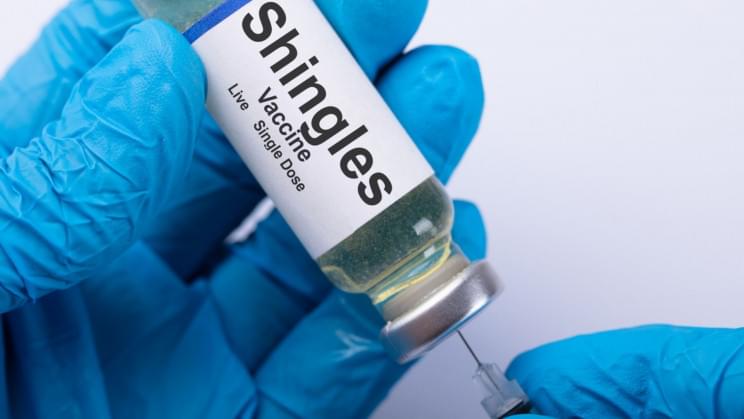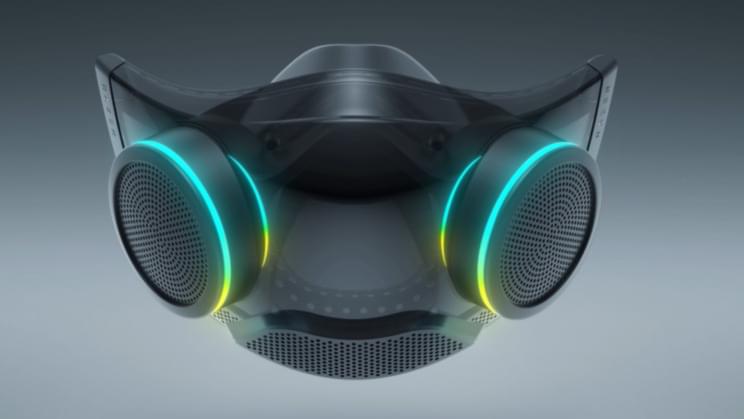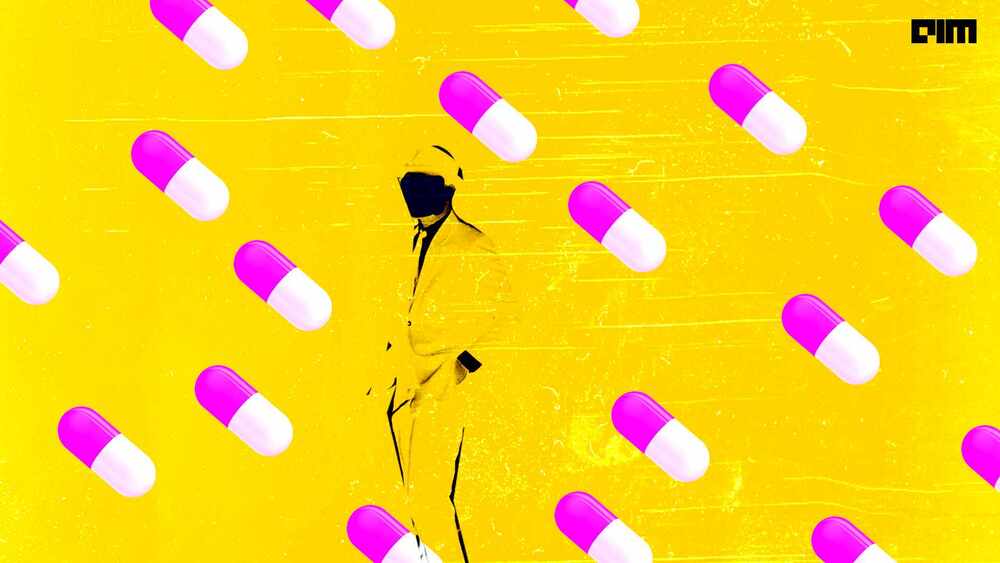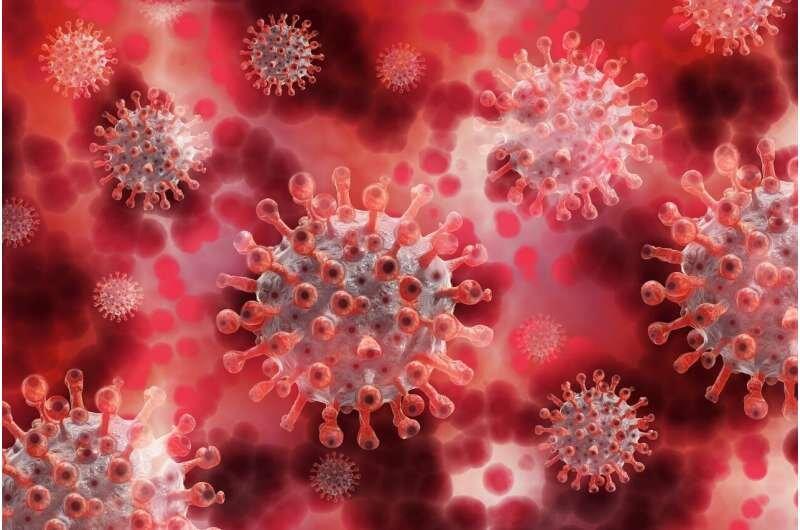In the early days of the pandemic, with commercial COVID tests in short supply, Rockefeller’s Robert B. Darnell developed an in-house assay to identify positive cases within the Rockefeller community. It turned out to be easier and safer to administer than the tests available at the time, and it has been used tens of thousands of times over the past nine months to identify and isolate infected individuals working on the university’s campus.
Now, a new study in PLoS confirms that Darnell’s test performs as well, if not better, than FDA-authorized nasal and oral swab tests. In a direct head-to-head comparison of 162 individuals who received both Rockefeller’s “DRUL” saliva test and a conventional swab test, DRUL caught all of the cases that the swabs identified as positive—plus four positive cases that the swabs missed entirely.
“This research confirms that the test we developed is sensitive and safe,” says Darnell, the Robert and Harriet Heilbrunn professor and head of the Laboratory of Molecular Neuro-Oncology. “It is inexpensive, has provided excellent surveillance within the Rockefeller community, and has the potential to improve safety in communities as the pandemic drags on.”









